In this Speed Article story, I showed you how to bleed brakes using a John Dow Brake Fluid Exchanger that runs on compressed air. It worked great and is a good option for a one-man shop with access to an air compressor.
But not everyone needs or can use a tool like that. Fortunately, there are many other brake bleeding tools available to make the job as hassle-free as possible. Let’s take a look at some options.
Power and Vacuum Bleeders
Not all power and vacuum bleeders need an air compressor to function. The Summit Racing™ Power Bleeder uses a hand pump to pressurize the brake system, forcing air and old fluid out of the brake lines. Just pour clean brake fluid into the pressure tank, attach the Power Bleeder cap to the master cylinder, and start pumping. The tool has a pressure gauge to show the amount of pressure you’re putting into the system.
Another option is Performance Tool’s Vacuum Pump Brake Bleeder Kit. The hand-operated pump is made from durable steel and has a handy gauge to read vacuum. It comes with a fluid jar, a bleeder screw adapter, vacuum hose, and adapters. It’s a solid tool that’s not expensive.
Like the John Dow Fluid Exchanger, the Mityvac Pressure Brake Bleeder Kit uses shop air to force fluid from the brake system. It can operate as pressure bleeder or vacuum bleeder. Isolated flow control and pressure/vacuum switch valves make switching between modes easy. The tool also has a built-in pressure relief valve that maintains pressure between 20 and 25 PSI. It comes with a 2.5 quart reservoir and an assortment of master cylinder adapters.
Brake Bleeder Wrenches
Brake bleeder wrenches are a must. These six-point box end tools are built with a large offset on each end to access the bleeder. The box ends mean there is less chance the tool will slip and round off the flats on the bleeder screw,
Brake bleeder wrenches must be matched to the bleeders on the vehicle. They range from 1/4- x 3/8-inch to 5/16- x 3/8-inch SAE. Metric sizes range from 7mm x 9mm to 8mm x 10mm.
Master Cylinder Bleeder
If you have plumbed a new brake system or are replacing the master cylinder, you’ll need to bench bleed it. A syringe kit like this one made by Classic Performance makes the job a piece of cake. Just fill the syringe with brake fluid, insert the tip in the bottom reservoir port of the master cylinder, and press the plunger. This fills the cylinder piston with clean fluid and forces out trapped air at the same time.
Another way to bench bleed a master cylinder is this LEED Brakes Bench Bleeding Tool. Here’s how it works:
• Place the master cylinder in a vise by the mount ears
• Attach the tool’s clear plastic hose in each nozzle
• Clip the plastic bridge piece on the partition wall of the master cylinder and insert a plastic tube into each side of the reservoir, making sure they are fully submerged in brake fluid
• Press the tapered end of the nozzles firmly in the master cylinder outlet ports with a twisting motion, then fill the reservoir with new brake fluid
• Use a large Phillips head screwdriver to push the master cylinder piston in, then release using full strokes
• Keep pushing and releasing the piston until all of the air bubbles have disappeared from the hoses. Now you can install the master cylinder
With good tools, bleeding brakes and hydraulic brake systems can be a piece of cake.
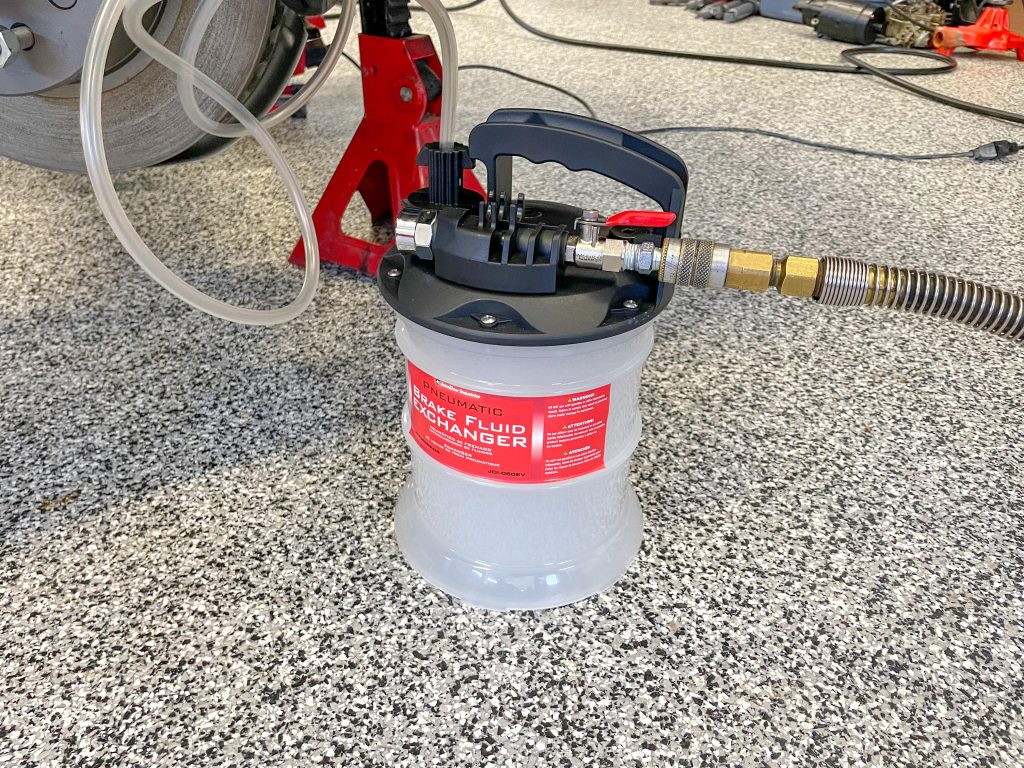

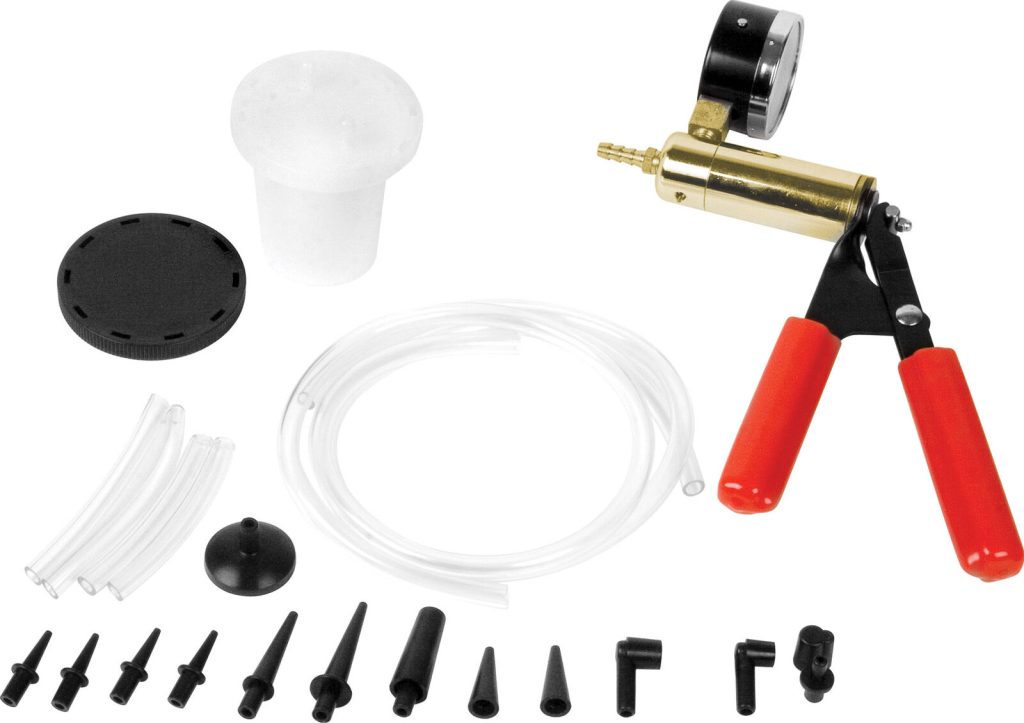
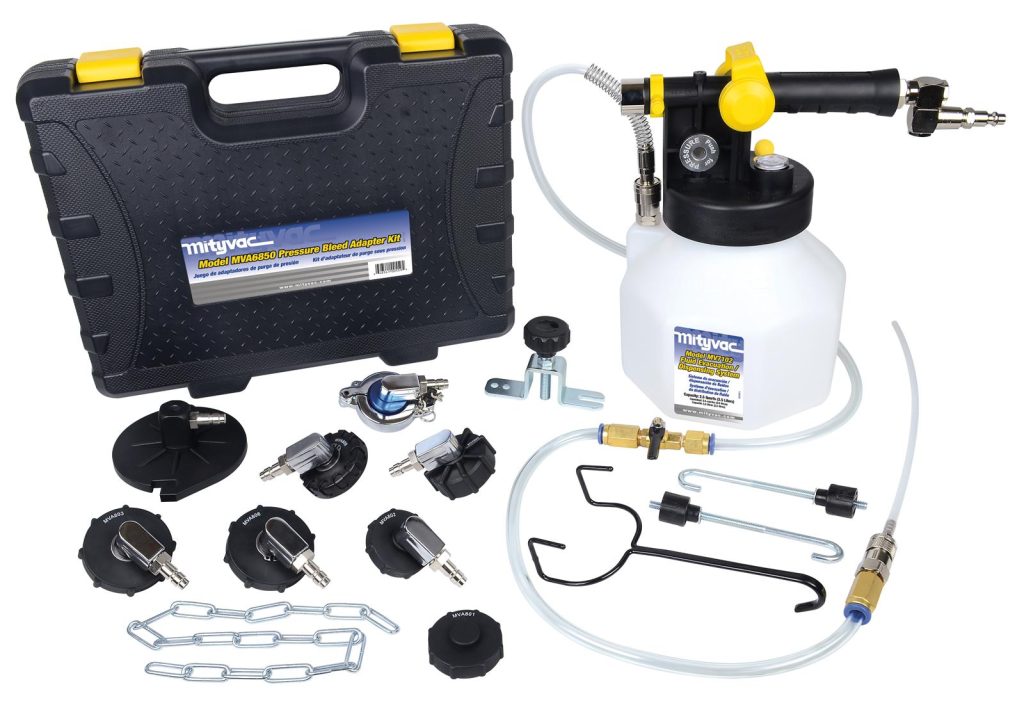
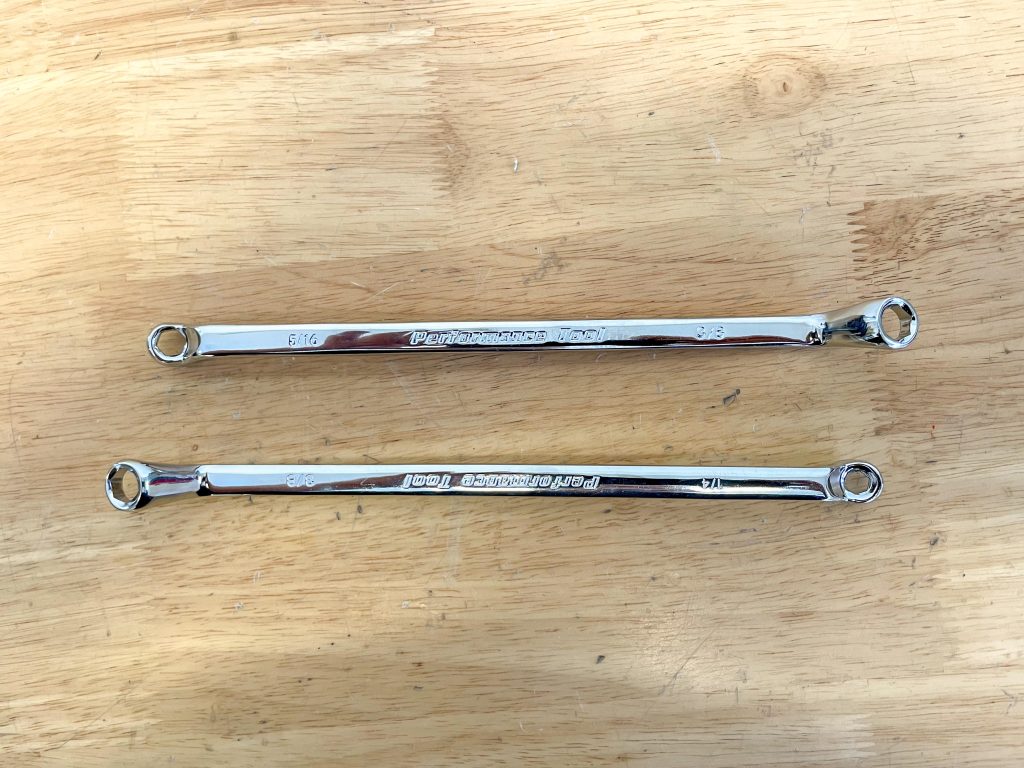

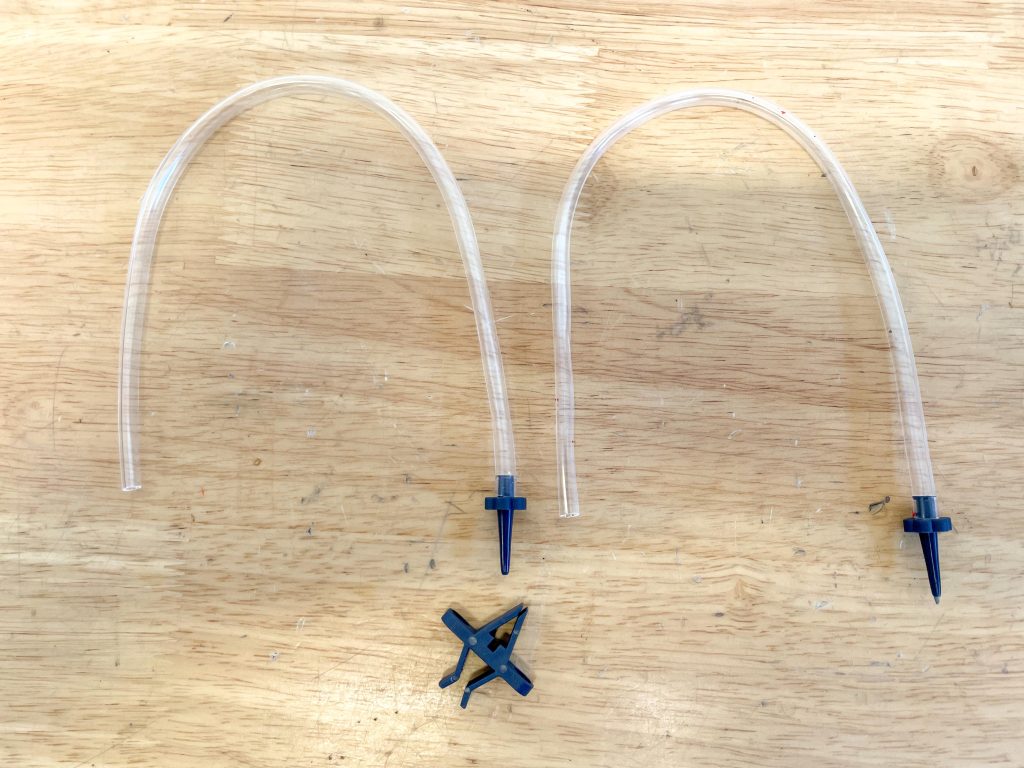

Comments